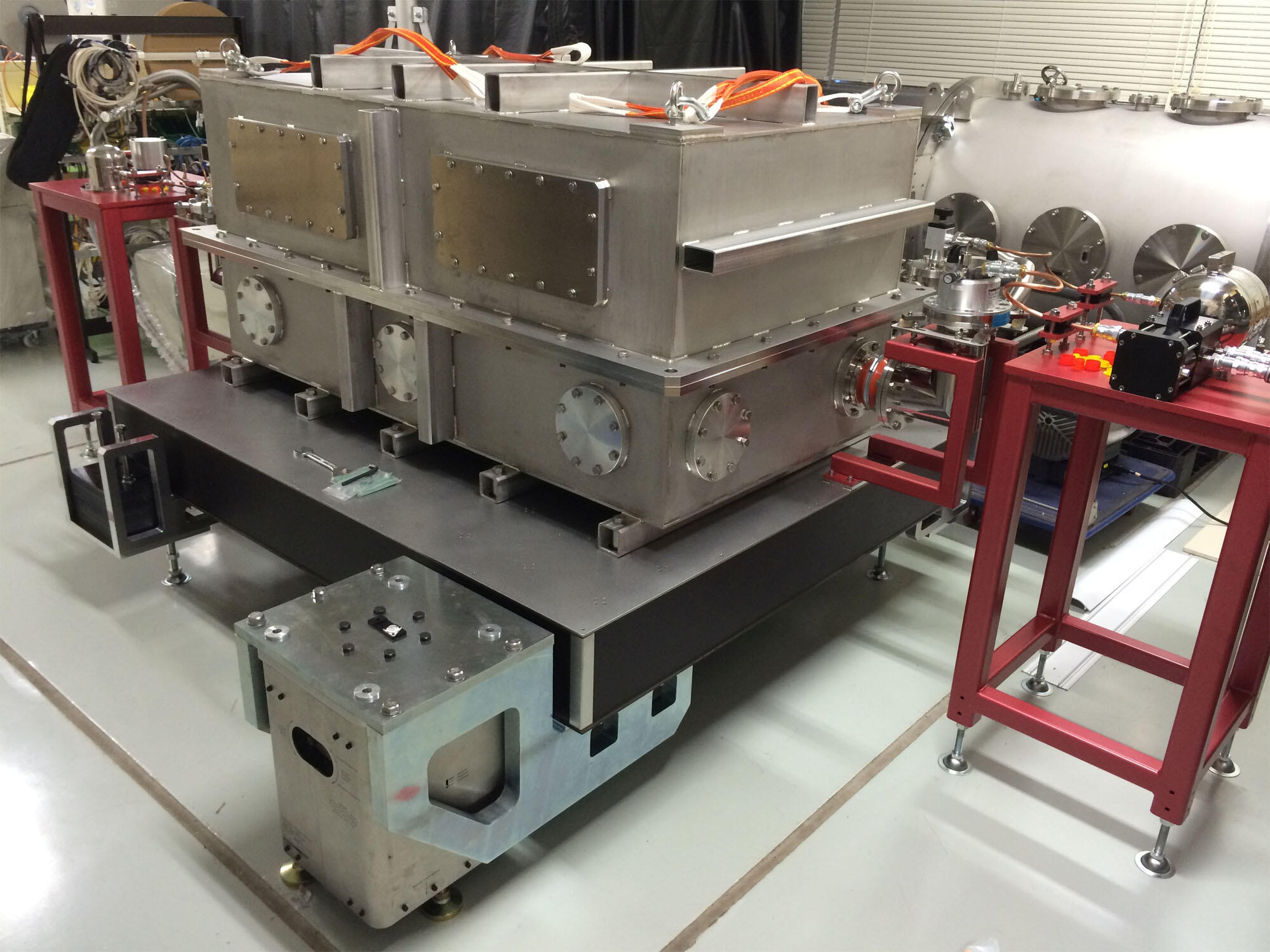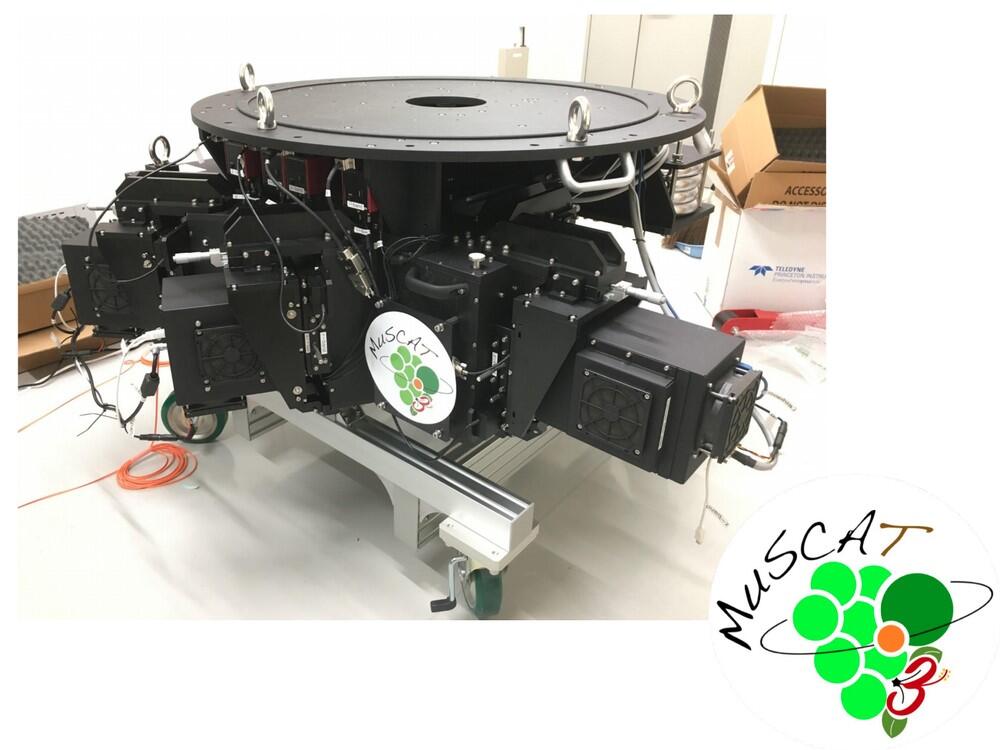Astronomers have announced the discovery of two temperate "super-Earth" planets orbiting a small cool star LP 890-9 (also called TOI-4306 or SPECULOOS-2) located about 100 light-years away from Earth. The outer planet, called LP 890-9 c, orbits in the so-called "habitable zone" where the planetary surface is potentially capable of maintaining liquid water. This discovery was made possible by international collaboration between the SPECULOOS team led by researchers at the University of Liège, a Japanese TESS follow-up team from the University of Tokyo and Astrobiology Center, and worldwide researchers participating in the TESS Follow-up Observing Program.
NASA's Transiting Exoplanet Survey Satellite (TESS) is currently monitoring the sky to search for exoplanets by the transit method which finds periodic dimming of stars due to planets transiting in front of the stars. TESS found a periodic dimming of LP 890-9 every 2.73 days and announced it as a transiting planet candidate TOI-4306.01 in July 2021.
Worldwide astronomers participating in the TESS Follow-up Observing Program (TFOP) started follow-up observations of TOI-4306.01 from August 2021 to confirm the planetary nature of TOI-4306.01. Such follow-up observations are required because similar periodic dimming can be caused by eclipsing binary stars.
The Japanese TESS follow-up team led by Norio Narita at the University of Tokyo and Astrobiology Center observed LP 890-9 with the 4-color simultaneous camera MuSCAT3 installed on the Las Cumbres Observatory 2 m Faulkes Telescope North at the Haleakala Observatory, Maui and the InfraRed Doppler instrument (IRD) installed on the Subaru Telescope on Maunakea, Hawai`i Island, and confirmed the planetary nature of TOI-4306.01 by October 2021.
On the other hand, the SPECULOOS team conducted follow-up observations not only for transits of TOI-4306.01 but also for continuous monitoring of LP 890-9 to search for possible additional transiting planets in the system that may have been missed by TESS. The observations by the SPECULOOS team not only confirmed the first planet, but also allowed the detection of transits of a second, previously unknown planet in October and November 2021.
Because the data from the SPECULOOS team alone could not narrow down the orbital period of the second planet candidate, the MuSCAT team collaborated with the SPECULOOS team to follow-up on the second candidate with MuSCAT3 and finally determined the orbital period to be about 8.46 days in January 2022.
"Radial velocity measurements of LP 890-9 with IRD on the Subaru Telescope put stringent constraints on the masses of orbiting bodies, proving the planetary nature of the 2 transiting bodies orbiting around LP 890-9," explains Norio Narita, a professor at the University of Tokyo and the principal investigator of the MuSCAT team.
Once confirmed as actual planets, the 2 planets earned the official designation LP 890-9 b and LP 890-9 c. The two super-Earths, LP 890-9 b and LP 890-9 c, have radii of 1.32 Earth radii and 1.37 Earth radii, respectively. Planets with such radii are theoretically thought to be big, rocky planets. The outer planet LP 890-9 c orbits in the habitable zone of the host star. This is because the host star LP 890-9 is smaller (about 15% of the radius of the Sun) and cooler (about 2,600 degrees Celsius) than the Sun (about 5,500 degrees Celsius).

Figure 2: A picture of IRD, which was installed on the Subaru Telescope in 2018 and thereafter has been producing excellent results for exploring exoplanets around cool stars. In this study, IRD constrained the masses of two transiting planets LP 890-9 b and LP 890-9 c to be less than 13.2 Earth masses and 25.3 Earth masses, respectively. (Credit: Astrobiology Center)

Figure 3: A picture of MuSCAT3, assembled at the University of Tokyo in August 2020. MuSCAT3 was installed on the Las Cumbres Observatory 2 m Faulkes Telescope North at the Haleakala Observatory, Maui. (Credit: MuSCAT team)
The next step in studies of LP 890-9 c would be atmospheric characterization. The transiting configuration of the planet allows us to investigate light from the host star which passes through the planetary atmosphere during transits. Such follow-up observations will provide insight on atmospheric compositions and the presence/absence of clouds/haze in the atmosphere. Future studies of the atmospheres of rocky planets in the habitable zone will be important to understand Earth's place in the Universe. In this respect, the current discovery provides a prime target for further study.
These findings were published online in the journal Astronomy & Astrophysics on September 7, 2022 (Delrez et al. "Two temperate super-Earths transiting a nearby late-type M dwarf").
The Subaru Telescope is a large optical-infrared telescope operated by the National Astronomical Observatory of Japan, National Institutes of Natural Sciences with the support of the MEXT Project to Promote Large Scientific Frontiers. We are honored and grateful for the opportunity of observing the Universe from Maunakea, which has cultural, historical, and natural significance in Hawai`i.



